
|
|
Font Size:
|
||||
|
|
|
|
||||
STATISTICAL BRIEF #37:
Trends in Adult Obesity in the United States, 1987 and 2001: Estimates for the Noninstitutionalized Population, Age 20 to 64
Highlights
- For both males and females, there was an increase in the percentage of individuals that were obese between 1987 and 2001, a relative 76 percent and 78 percent increase, respectively.
- All race/ethnic categories of the adult population showed an increase in obesity from 1987 to 2001. Blacks were the most likely to be obese in 1987 and 2001, 19.7 percent and 32.5 percent, respectively.
- Adults with higher levels of education (some college) were the least likely to be obese (20.8 percent) in 2001.
- Adults with higher incomes (400 percent or more of the poverty level) were the least likely to be obese in 1987 and 2001, 11.3 percent and 20.7 percent, respectively.
- Adults with public only health insurance were the most likely to be obese in both 1987 (22.8 percent) and 2001 (31.1 percent).
Introduction
This Statistical Brief presents data from the National Medical Expenditure Survey (NMES) and the Medical Expenditure Panel Survey (MEPS) concerning the prevalence of obesity in the adult (age 20 to 64) population. Data are presented for calendar years 1987 and 2001. Emphasis is placed on whether the relationships between obesity and various socioeconomic and demographic characteristics of the population remained stable over that period. The variables of interest include sex, race/ethnicity, education level, and poverty and health insurance status. Only differences that are statistically significant at the 0.05 level are discussed in the text.
Findings
Sex
For both adult (age 20 to 64) males and females, there was an increase in the percentage of individuals that were obese between 1987 and 2001. For males, the percentage of obese individuals increased from 13.3 percent to 23.4 percent, representing a 76 percent relative increase in obesity between the two years. For females, the percentage of obese individuals increased from 13.8 percent to 24.5 percent (a 78 percent relative increase) (figure 1).
Race/ethnicity
All race/ethnic categories of the adult population showed an increase in obesity from 1987 to 2001. Whites and others showed a relative increase of 79 percent in obesity, going from 12.6 percent in 1987 to 22.5 percent in 2001. Hispanics went from 14.5 percent in 1987 to 24.9 percent in 2001, a relative increase of 72 percent. Blacks were the most likely to be obese in both years, 19.7 percent in 1987 and 32.5 in 2001 (figure 2).
Education
Individuals with higher levels of education (some college) were the least likely to be obese in 1987 (10.9 percent) and in 2001 (20.8 percent). However, there was a 91 percent relative increase in obesity between the two years for such individuals. In 2001, individuals that did not graduate from high school (27.1 percent obese) or did graduate from high school (27.2 percent obese) were more likely to be obese when compared to those with some college education (20.8 percent) (figure 3).
Poverty status
Individuals with the highest income (400 percent or more of the poverty level) were the least likely to be obese in 1987 (11.3 percent) and in 2001 (20.7 percent). At the same time, there was an 83 percent relative increase in obesity between the two years for those in this highest income group. In 1987, poor (17.6 percent), near poor (17.2 percent), and low-income individuals (17.5 percent) were more likely to be obese when compared to those with higher incomes (figure 4).
Health insurance status
For all categories of health insurance status, there was an increase in obesity from 1987 to 2001. Adults with public only health insurance were the most likely to be obese in 1987 (22.8 percent) and 2001 (31.1 percent), a 36 percent relative increase over the period. There was a relative increase in obesity of 84 percent for individuals with private health insurance (from 12.8 percent to 23.6 percent) and a relative increase of 60 percent for the uninsured (from 13.9 percent to 22.2 percent) (figure 5).
Definitions/Methodology
Obesity
An individual is defined as obese if his or her body mass index (BMI) is equal to or greater than 30. BMI is equal to an individual's weight in kilograms divided by his or her height in meters squared (kg/m2). Height and weight are self-reported.
Race/ethnicity
The Hispanic grouping can include black Hispanic, white Hispanic, and other Hispanic; the race categories of black, white, and other do not include Hispanic. Only data for individuals identified as Hispanic (of any race), non-Hispanic black, and non-Hispanic white and other are included in this analysis.
Education level
Respondents were asked to report the highest grade or year of schooling ever completed by each family member as of the date of the interview: not a high school graduate (grade less than 12), high school graduate (grade 12), and some college.
Poverty status
Each person in the survey sample was classified according to the total yearly income of his or her family. Within a household, all individuals related by blood, marriage, or adoption were considered to be a family. Personal income from all family members was summed to create family income. Poverty status is the ratio of family income to the Federal poverty thresholds, which control for family size and age of the head of family. Categories are defined as follows:
- Poor: This refers to persons in families with income less than or equal to the poverty line and includes those who reported negative income.
- Near poor: This group includes persons in families with income over the poverty line through 125 percent of the poverty line.
- Low income: This category includes persons in families with income over 125 percent through 200 percent of the poverty line.
- Middle income: This category includes persons in families with income over 200 percent through 400 percent of the poverty line.
- High income: This category includes persons in families with income over 400 percent of the poverty line.
- Uninsured: Adults classified as uninsured did not have public or private health insurance coverage. People covered only by noncomprehensive state-specific programs (e.g., Maryland Kidney Disease Program) or private single-service plans (e.g., coverage for dental or vision care only, coverage for accidents or specific diseases) were not considered to be insured.
- Public coverage: Adults were considered to have public only health insurance coverage if they were not covered by private insurance, and they were covered by Medicare, Medicaid, TRICARE, or other public hospital and physician coverage.
- Private coverage: Private health insurance coverage was defined as nonpublic insurance that provided coverage for hospital and physician care (including Medigap coverage).
About MEPS and NMES
The estimates presented in this Statistical Brief come from the NMES Household Survey and the MEPS Household Component. NMES and MEPS are nationally representative surveys of the U.S. civilian noninstitutionalized population that collect detailed data for both individuals and households on demographic characteristics, health conditions, health status, use of medical care services, charges and payments, access to care, satisfaction with care, health insurance coverage, income, and employment.
NMES and MEPS data are released to the public in public use data files. The numbers shown in this Statistical Brief are drawn from analyses conducted by MEPS staff from the following 1987 and 2001 full-year public use files: PUF 13 (NMES) and HC-055 (MEPS). PUF 13 is contained within the 1987 NMES Household Survey and Health Insurance Plans Survey Data CD-ROM, order number AHCPR 98-DP02, available from the AHRQ Publications Clearinghouse (E-mail: ahrqpubs@ahrp.gov). MEPS HC-55 is available on the MEPS Web site (http://www.meps.ahrq.gov/).
References
For a detailed description of the MEPS-HC survey design, sample design, and methods used to minimize sources on nonsampling error, see the following publications (available on the MEPS Web site: www.meps.ahrq.gov/):
Cohen, J. Design and Methods of the Medical Expenditure Panel Survey Household Component. MEPS Methodology Report No. 1. AHCPR Pub. No. 97-0026. Rockville, Md.: Agency for Health Care Policy and Research, 1997.
Cohen, S. Sample Design of the 1996 Medical Expenditure Panel Survey Household Component. MEPS Methodology Report No. 2. AHCPR Pub. No. 97-0027. Rockville, Md.: Agency for Health Care Policy and Research, 1997.
For more information on the NMES survey design, see the following publications:
Cohen, S., R. DiGaetano, and J. Waksberg. Sample design of the 1987 Household Survey. AHCPR Pub. No. 91-0037. National Medical Expenditure Survey Methods 3. Agency for Healthcare Policy and Research. Rockville, Md.: U.S. Department of Health and Human Services, Public Health Service, 1991.
Edwards, W. and M. Berlin. Questionnaires and data collection methods for the household survey and the survey of American Indians and Alaskan Natives. DHHS Pub. No. (PHS) 893450. National Medical Expenditure Survey Methods 2. National Center for Health Services Research and Health Care Technology Assessment. Rockville, Md.: U.S. Department of Health and Human Services, Public Health Service, 1989.
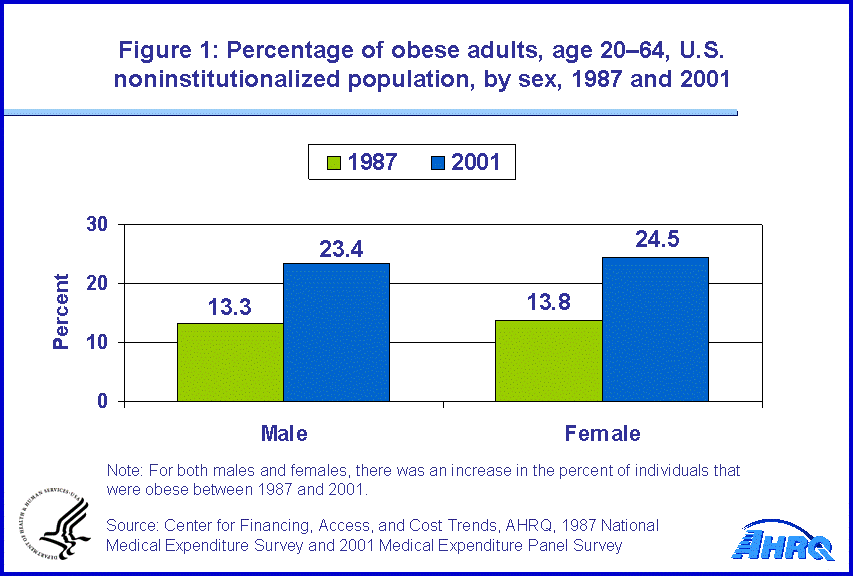 |
||||||||||||||||||||||||||||||
|
||||||||||||||||||||||||||||||
|
|
||||||||||||||||||||||||||||||
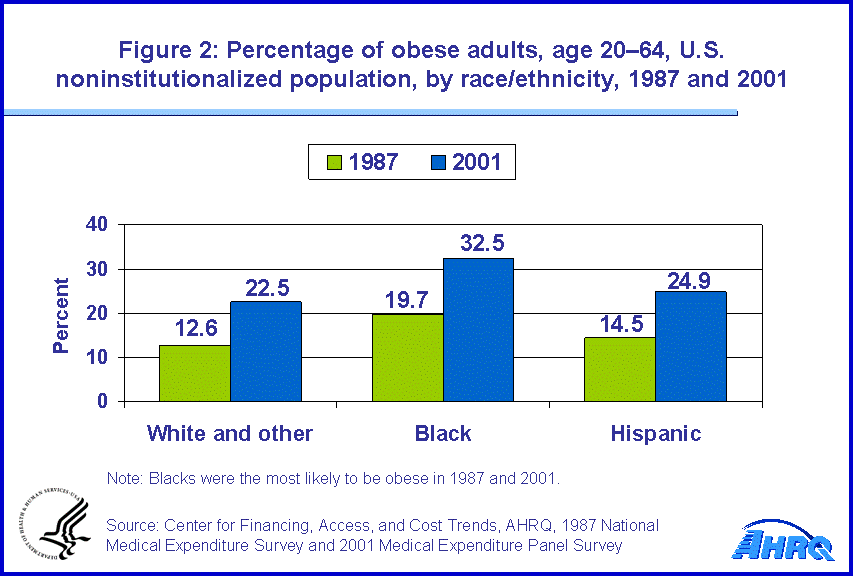 |
||||||||||||||||||||||||||||||
|
||||||||||||||||||||||||||||||
|
|
||||||||||||||||||||||||||||||
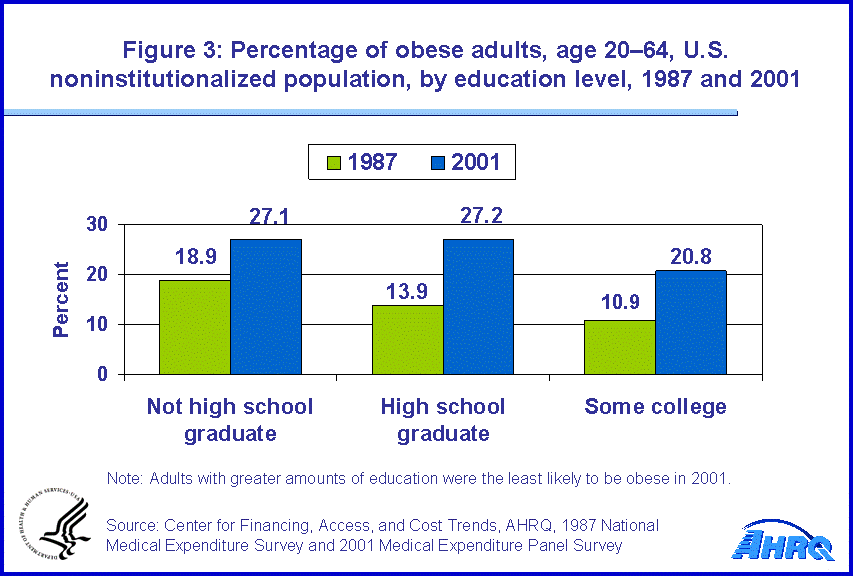 |
||||||||||||||||||||||||||||||
|
||||||||||||||||||||||||||||||
|
|
||||||||||||||||||||||||||||||
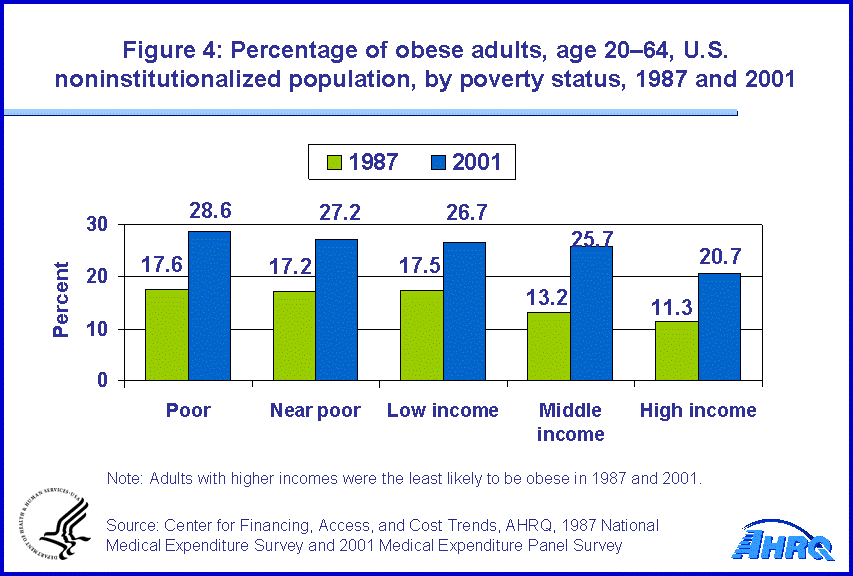 |
||||||||||||||||||||||||||||||
|
||||||||||||||||||||||||||||||
|
|
||||||||||||||||||||||||||||||
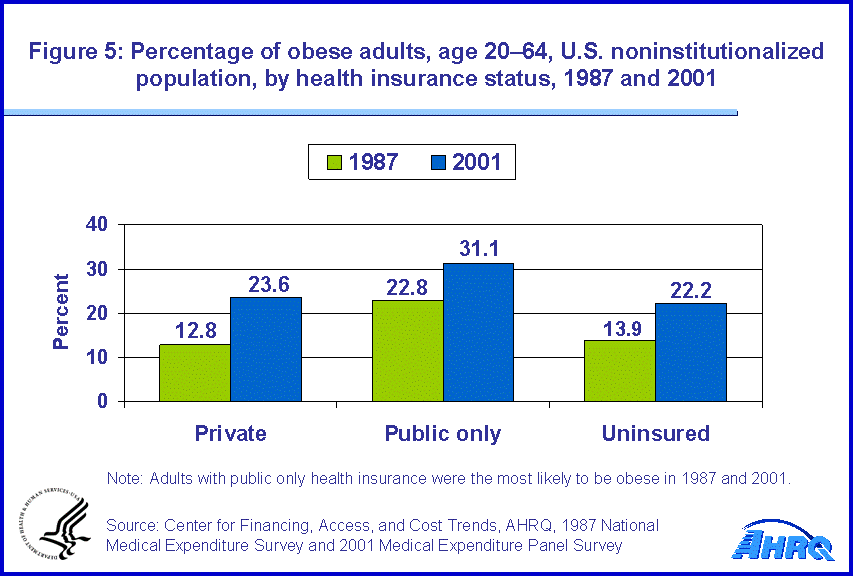 |
||||||||||||||||||||||||||||||
|
||||||||||||||||||||||||||||||
|
|
||||||||||||||||||||||||||||||


